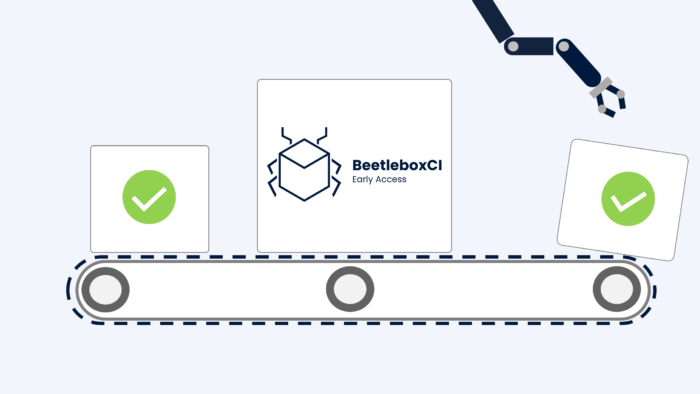In this video, we explore continuous integration and its benefits to development.
Transcript: Continuous Integration is a software development practice that improves software quality, reduces validation time, and reduces time spent finding and addressing bugs? A team of developers regularly contributes their code into a single shared code repository as frequently as possible. This code repository is then automatically built and tested. The emphasis here is on ensuring that the code is always functioning correctly, so that even if an application is being released several times a day, the development team ensures that no update introduces any bugs.
Before continuous integration, developers worked in isolation from each other and would only integrate their work together at the very end of a project, which meant that system level bugs would only occur towards the end of development, when they were most difficult and costly to fix. On top of this applications were ready months after the initial requirements were written, meaning that by release client’s requirements had already changed.
Continuous integration was designed to solve these issues. Developers embraced agile development that encouraged software not to have a single release, but instead to release software early to customers and to regularly update it according to the feedback of the client. This brought in the need for regular builds and tests. Initially these would have been manually done, but continuous integration automates this process, meaning that developers spent less time finding and addressing bugs and more time developing needed features. To find out more about continuous Integration visit our website.

